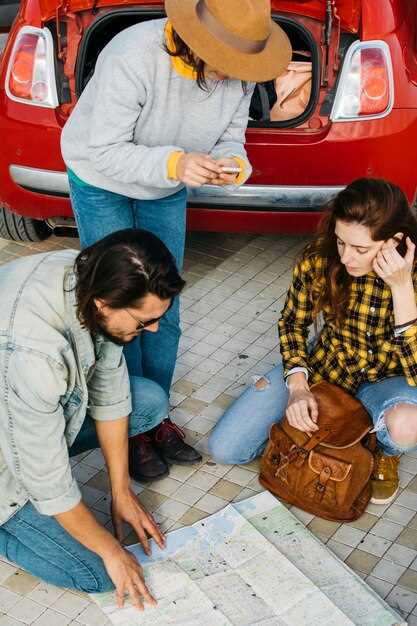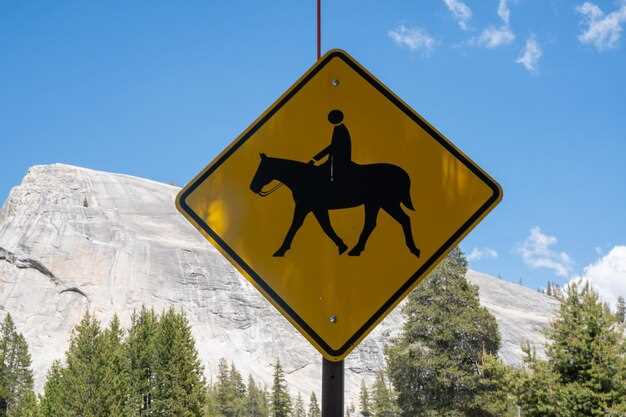
Participating in a group ride can be an exhilarating experience, combining the joy of cycling with the camaraderie of fellow cyclists. However, it is essential to understand the group dynamics and the rules that govern safe riding to ensure a secure and enjoyable experience for everyone involved. Whether you are a seasoned rider or a novice, adhering to established etiquette can significantly reduce risks and enhance the overall ride.
One of the key aspects of group riding is communication. Riders must use clear signals to convey their intentions, be it an upcoming turn, a sudden stop, or a hazardous situation ahead. This is where the importance of using your hand gestures comes into play. Proper signaling not only minimizes confusion but also fosters trust among cyclists, allowing the group to maintain a cohesive pace and structure during the ride.
In addition to communication, understanding the fundamentals of drafting and pacing is crucial. In a group setting, riders often take turns being at the front, allowing others to benefit from reduced wind resistance. This cooperative approach not only boosts efficiency but also reinforces the bonds among riders as they work together to cover greater distances. Always remember: a well-coordinated group ride is safer and more enjoyable than one where individual ambitions undermine the collective effort.
Understanding Hand Signals for Safe Communication

When cycling in a group, clear communication is essential for ensuring the safety of all riders. Hand signals serve as a universal language that helps convey important information without the need for verbal communication, which can be challenging in a noisy environment or at high speeds.
Members of the group should familiarize themselves with standard hand signals. The primary signals include raising an arm to indicate a left or right turn, pointing down to signal a stop, and using an open hand to communicate a slow down. Each signal must be executed clearly and well in advance of the intended action to give other riders ample time to react.
Consistency among group members is crucial. To avoid confusion, all cyclists should agree on the specific signals to be used during rides. This agreement helps maintain a smooth flow and enhances the trust between riders, fostering a safer riding environment.
Additionally, it’s important to pay attention to the signals given by fellow cyclists. A sudden stop or change in direction often requires immediate action from the entire group. Maintaining eye contact with fellow riders can facilitate better understanding and quick reactions, especially when approaching potential hazards.
In conclusion, mastering hand signals is a vital practice for group riding. By ensuring everyone understands and uses these signals effectively, cyclists contribute to a safer and more enjoyable experience on the road.
Maintaining Proper Formation in Group Rides

When participating in group rides, maintaining proper formation is crucial for safety and efficiency. A well-organized group reduces the chance of accidents and enhances the overall riding experience. Riders should be aware of their position within the group and adjust accordingly to maintain a cohesive formation.
Communication is key. Riders must use clear signals to indicate their intentions to others. Hand signals for turns, stops, and obstacles ensure that all members of the group react appropriately and safely. Vocal signals can be equally important, allowing riders to alert others to hazards or changes in pace without compromising their riding stance.
In a typical group ride formation, riders should position themselves in a staggered line rather than directly behind one another. This formation ensures that each cyclist has a clear line of sight and allows for better airflow, reducing drag and increasing speed. Riders should also maintain consistent spacing, which provides enough room to maneuver while minimizing the risk of collisions.
Adjustable formations such as the echelon or paceline can be utilized to enhance group dynamics. It is essential to understand when and how to switch between these formations based on road conditions and the group’s skill level. Riders at the front should be attentive to their speed, while those at the back should be ready to respond to any changes swiftly.
Additionally, cyclists should practice good etiquette by allowing faster riders to overtake safely. Moving to the right side of the road while signaling intention makes way for others without breaking the group’s rhythm. Such collaborative actions foster a smooth and enjoyable ride for everyone involved.
In conclusion, maintaining proper formation in group rides involves effective communication, strategic positioning, and respect for fellow riders. By adhering to these principles, cyclists can ensure a safer and more pleasurable experience for all participants in the ride.
Responding to Hazardous Situations While Riding in a Group
When cycling in a group, it is essential to be prepared for hazardous situations that may arise during the ride. Awareness and communication are critical to ensuring everyone’s safety. This includes identifying potential dangers ahead, such as potholes, debris, or sudden stops. Recognizing these hazards allows riders to react promptly and appropriately.
Using hand signals is one of the most effective ways to communicate hazards to fellow cyclists. A raised hand, for example, can indicate a stop or slowdown, while pointing down or to the side can alert others to obstacles on the road. It is crucial to be clear and consistent with these signals so that all riders understand the intended messages without confusion.
In addition to hand signals, vocal calls should accompany any visual cues. Shouting alerts such as “rock!” or “car back!” helps to inform the group about imminent threats. Maintaining a steady pace and avoiding sudden movements will further minimize potential accidents while navigating through tricky areas.
Always maintain a safe distance from other riders, especially when approaching potential hazards. This gives everyone the time to react safely to any unexpected situations. If a hazard is particularly severe, consider stopping momentarily to regroup and ensure that each member of the group is aware of the risk before continuing the ride.
Lastly, practicing emergency maneuvers as a team before longer rides can prepare everyone for real-life scenarios. By fostering effective communication skills and an understanding of group dynamics, cyclists can enhance their overall safety during hazardous situations.
